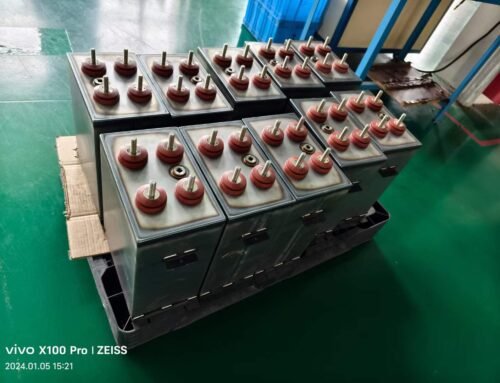Ceramic capacitor manufacturer materials are made from oxides or other compounds made into blanks and then baked at high temperature at near molten temperature. It usually includes important processes such as raw material crushing, slurry preparation, billet forming and high temperature sintering. Ceramics is a complex polycrystalline multiphase system, generally consisting of crystalline phase, glass phase, gas phase and phase boundary intertwined, the characteristics, composition, relative content and distribution of these phases determine the basic properties of the entire ceramic.
The crystalline phase in ceramics usually refers to those of different sizes, shapes, random orientation of the grains, the diameter of the grains is usually a few microns tens of microns. The crystalline phases can belong to the same compound or a crystal system, or they can be different compounds or different crystal systems. Ceramic sound if there are two or more composition and structure of different grains, it is said to be polycrystalline phase ceramics, the relative content of the product phase is called the main crystal phase, the other is called the secondary phase. The properties of the main crystalline phase basically determine the performance of the material, such as the relative f electric constant, electrical conductivity, loss and thermal expansion coefficient. Therefore, to obtain good performance ceramics, it is necessary to choose the appropriate: crystalline phase. In addition, the size, uniformity, grain orientation, grain boundary formation and impurity distribution of the grains should be considered.
Ceramic Capacitor Manufacturers
Intergranular boundary is the transition zone between two grains, in this transition zone, the integrity of the lattice structure or chemical composition is significantly different from that of the grain body. On the intergranular boundary usually gathered a large number of dislocations, thermal defects and impurity defects, and therefore has a significant impact on the mechanical and electrical properties of ceramic materials.
The gas phase is generally distributed at grain boundaries, within recrystallized crystals and in the glass phase, and it is a difficult part of the ceramic structure to avoid. It comes from the firing process between the individual grains can not achieve completely tight mosaic, the glass phase is also impossible to completely fill the voids of individual grains; it may also be due to the release of gas during the sintering of the blank and the formation of pores. The gas phase can seriously affect the electrical, mechanical and thermal properties of ceramic materials. It is generally desired that the content of gas phase in ceramics is as low as possible.
The microstructure of ceramic capacitor materials determines a range of mechanical and electrical properties of the material. Consistent grain composition, uniform distribution of microfine grains and a dense sintered body can lead to the desired results in mechanical strength and dielectric properties of ceramics.

15000uf 80v Elektrolitik Kondansatör




